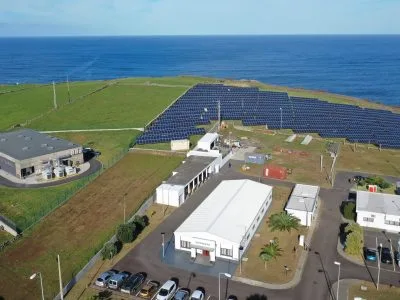Why Distributed Energy Storage?
For the energy consumer, distributed energy storage (DES) can help to put a limit on the price of energy during the day. This is because DES can smooth out the energy demand peaks in the day by redistributing energy stored at night, mostly from wind.
For the energy supplier, DES accommodates higher levels of intermittent renewable energy generation with integrated energy storage. The DES works as a buffer, and also reduces carbon emissions, fossil fuel usage, and wearing out of equipment. Utilities may also use existing transmission and distribution infrastructure to reduce costs on expanding and upgrading in future.
If you want to know more about this and other topics directly from end users of energy storage technologies join us at one of these annual events: The Energy Storage World Forum (Grid Scale Applications), or The Residential Energy Storage Forum, or one of our Training Courses.



